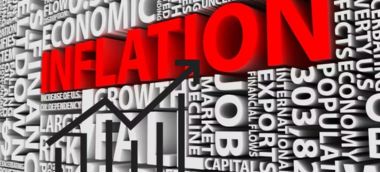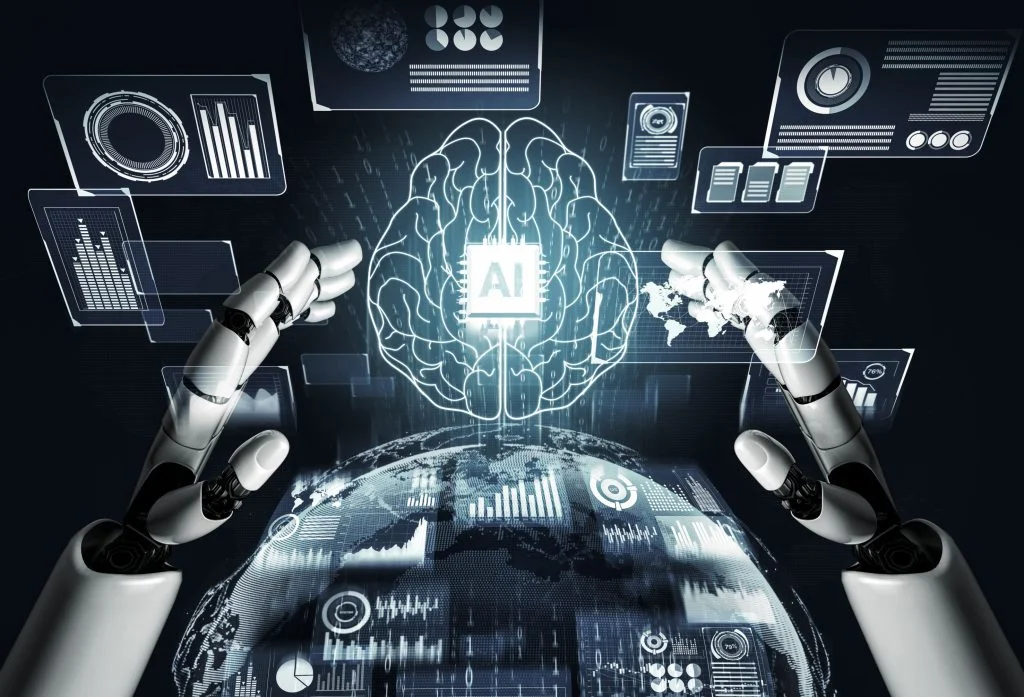- Courses
- GS Full Course 1 Year
- GS Full Course 2 Year
- GS Full Course 3 Year
- GS Full Course Till Selection
- Answer Alpha: Mains 2025 Mentorship
- MEP (Mains Enrichment Programme) Data, Facts
- Essay Target – 150+ Marks
- Online Program
- GS Recorded Course
- Polity
- Geography
- Economy
- Ancient, Medieval and Art & Culture AMAC
- Modern India, Post Independence & World History
- Environment
- Governance
- Science & Technology
- International Relations and Internal Security
- Disaster Management
- Ethics
- NCERT Current Affairs
- Indian Society and Social Issue
- NCERT- Science and Technology
- NCERT - Geography
- NCERT - Ancient History
- NCERT- World History
- NCERT Modern History
- CSAT
- 5 LAYERED ARJUNA Mentorship
- Public Administration Optional
- ABOUT US
- OUR TOPPERS
- TEST SERIES
- FREE STUDY MATERIAL
- VIDEOS
- CONTACT US
How to Include PDS Items and Free Social Transfers in the New Retail Inflation Index?
How to Include PDS Items and Free Social Transfers in the New Retail Inflation Index?
26-12-2024

- In December 2024, The Ministry of Statistics and Programme Implementation (MoSPI) is seeking expert advice on how to handle food items distributed under the Public Distribution System (PDS) and free social transfers in the new Consumer Price Index (CPI), which is used to calculate retail inflation in India.
- The ministry is working on updating the CPI and is facing challenges about how to treat these "free" items in the index.
The Issue with Free PDS Items
- The government provides free food grains and other essentials through the Public Distribution System (PDS) to vulnerable groups, like those below the poverty line (BPL) and under schemes like the Antyodaya Anna Yojana (AAY).
- The CPI measures changes in the prices of goods and services, reflecting the cost of living.
- But the problem is: PDS items are given for free, so they don’t have a price. This raises questions about how to include them in the CPI.
- Should the price of PDS items be treated as zero or should they be given some small value?
- How should free items affect the inflation measurement?
Challenges in CPI Calculation
- Adjusting Prices Mid-Series: In the ongoing CPI series, the prices of PDS items change when the distribution is stopped or altered. For example, an item may go from being free (zero price) to being sold at a price (positive value).
- This creates a problem in adjusting the CPI to reflect these price changes.
- Inclusion in CPI Basket: The bigger question is whether free PDS items should even be included in the CPI basket at the beginning of the new CPI series.
Options for Handling Free PDS Items
- Method 1 (Zero Price): One option is to assign a zero price to PDS items and then adjust their weight in the CPI basket during future updates.
- Method 2 (Redistribution of Weight): Another approach is to redistribute the weight of free PDS items to other items in the same category (e.g., cereals). This method is currently used in the CPI, but it does not fully capture the economic impact of free food distribution.
- Method 3 (Redistribute to All Items): A third option is to distribute the weight of free PDS items more broadly across all items in the CPI basket, which might better reflect their broader economic impact.
International Guidelines
- UN and IMF Guidelines: According to the United Nations and International Monetary Fund (IMF), free items (like PDS food) should not be counted as part of inflation measurement because they do not involve any monetary transaction.
- In simple terms, since people don’t spend money on them, they don’t really affect inflation.
- The IMF suggests that the CPI should focus on measuring actual spending or monetary transactions, and therefore free items should not be included in the CPI basket.
Current Method in CPI
- Redistribution of Weights: In the current CPI series, the costs of free PDS items are excluded from the index, and their weights are redistributed to other similar items (such as cereals or rice).
- This approach is consistent with international best practices, but it does not fully account for the economic impact of free food grains on inflation.
MoSPI’s Discussion Paper
- MoSPI has circulated a discussion paper inviting feedback on how to handle free PDS items in the new CPI index.
- They are seeking expert opinions, as well as input from government bodies, academics, and the general public.
- The goal is to make the CPI index more accurate and representative of how inflation affects Indian households, especially those who rely on free government food programs.
Next Steps and Deadlines
- MoSPI plans to update the CPI and revise its base year from 2012 to 2024.
- They will use data from the Household Consumption Expenditure Survey (HCES) 2022-23 to decide on the new weights and item basket.
- The ministry has set a deadline for experts to submit their comments by January 15, 2025.
Why This Matters
- The CPI is used by the Reserve Bank of India (RBI) to make decisions on monetary policy, including interest rates and inflation targets.
- How free items are treated in the CPI could affect these decisions, influencing things like interest rates, government policies, and overall economic planning.
- This debate also highlights the broader question of how to accurately measure inflation in a country with large-scale social welfare programs.
What is Consumer Price Index (CPI) ?
Purpose of CPI
How is CPI Calculated?
CPI Formula
Importance of CPI
How is CPI Used?
CPI and Inflation
|
|
Also Read |
|




